AI Lighting: Revolutionizing Design and Technology in 2025
In 2025, AI is interacting with light in a completely different manner, giving rise to a new field known as AI lighting. Ranging from smart lighting systems used in buildings to AI software used for image editing, this new field integrates all of them. Currently expecting to reach USD 22.98 billion in 2025, the market shares portray that AI lighting is far more critical than a side interest and directly impacts user interaction, energy efficiency, and creative output.
Housing spaces, office environments, and smart cities can save up to 40%, and AI software enables more advanced data-driven designs, edits, and enhancements. AI techniques optimize parameters like light output, responsiveness to changing conditions such as ambient light and time of day, as well as user habits, making AI lighting cutting edge.
How Businesses and Designers Can Benefit from AI Lighting
AI lighting comes as a boon to all businesses, designers, and end-users. One of the major perks includes energy consumption. Smart lighting systems can reduce the energy used during the time of occupancy, the available natural light, and even the times during the day. For instance, the implementation of smart streetlights in Sheffield, UK, experienced a 65% reduction in energy usage and carbon footprint. The potential for public lighting savings is astonishing (Sheffield Case Study).

AI lighting not only helps save energy but also enhances user experience by enabling personal and adaptive solutions. AI is capable of managing the lighting levels during a specific activity, which includes focused work or collaborative meetings as in office spaces, thus improving productivity, comfort, and ease. On the other hand, AI lighting options in residential settings are able to create ambiance, support circadian rhythms, and, with smart controls, even provide security.
Case Study: Sheffield Smart Streetlights
Using IoT and AI for street lighting, as done in the Sheffield smart streetlights study, is one of the most notable implementations. With the installation of smart controls and LED lamps in place of traditional lights, the city’s operational costs and spending improved significantly. The system makes use of Telecell sensor nodes and an Ultra-Narrow Band (UNB) base station for the monitoring and controlling of streetlights, which minimizes manual work and provides automated fault detection and verification services. This case study reminds us how AI lighting can yield observable impacts in enhancing public infrastructure.
Fundamental Services and Functions of AI Lighting
AI Smart Lighting Systems for Buildings
Implementing smart systems is one of the overarching features of AI lighting applications. Such systems rely on AI and IoT-connected sensors to offer and match light levels with the prevailing conditions. As an example, volume control sensors can identify when a space is empty and subsequently lower the levels of light or switch the lights off.
Maximum energy efficiency and intelligent lighting systems can integrate seamlessly with other building management technologies like HVAC and security systems, forging a single ecosystem of a smart building. This integration enables authority to monitor and control everything at a single interface, further improving the building’s energy efficiency and the comfort of the people within. For example, AI can retrieve data from many sources and make real-time changes concerning the amount of lighting to be made available at a particular time to sustain user satisfaction and extreme energy efficiency.
AI in Lighting Design Software
The design of the systems is also being revolutionized by AI. Sophisticated programs have been developed that use AI to help designers configure lighting systems optimally. For example, YesChat.ai’s GPTs for Design lets users issue commands via natural language and renders a textual explanation, a picture, or performed technical steps like reactions to simulate lighting (YesChat.ai). These tools have the ability to improve based on how their users modify or query them, therefore, they can tailor responses to answer questions about lights specifications for CAD and 3D designing software.
Using this AI-powered design software, lighting designers can modify a variety of their light setting designs in rapid succession, making the designs more efficient while completing the task faster. Imagine any surface and space; AI can show designers how light plays on them, aiding in achieving visual and functional objectives.
AI in Image Lighting Modification
Altering images not only includes physical lighting as one of the elements AI is actively working to improve; there are extensive tools for lighting editing as well. With AI algorithms, users can change the lighting of their photos with SwitchLight and IC Light AI (SwitchLight). These applications offer modification of image lighting depending on the prompts given or background images provided. The freedom these applications give in controlling the illumination depending on the text prompts given breaks all boundaries.
These applications can enhance images professionally as opposed to other complex editing software. These are specially made for digital photographers, designers, and social media enthusiasts. For example, SwitchLight applies HDRI (High Dynamic Range Images) to relight images, therefore making the lighting defy user expectations.
AI Lighting Products Tailored
AI is having an influence in the field of lighting technology as well. Consider, for instance, the aquarium hobby; there has been a development in this field whereby another company, AquaIllumination, has introduced programmable LED lighting systems that allow personalization of settings for their aquatic environments (AquaIllumination). AI demonstrates its capacity to be used for more specialized lighting products by optimizing light spectra for coral and fish growth.

AI LIGHTSHOW, for example, enables autonomous lighting creations for diverse events using AI. The lighting is synchronized to the music in real-time, meaning no manual setup is needed (AI LIGHTSHOW). This form of AI application in entertainment lighting augments the intelligent and agile integration capabilities of AI.
Selecting the Right AI Lighting
These are the important things to bear in mind when picking out an AI lighting solution.
Through balancing these requirements, individuals and organizations can tailor the AI lighting products that serve them best, while maximizing overall value.
Future AI Lighting Changes
There are also AI lighting solutions waiting to be explored. Future changes will stem from emerging technologies and user requirements. One known example is with circadian lighting, where the AI adjusts illumination levels and hues in relation to the user’s biological processes to help sleep and overall health.
Another trend includes the development of personalized lighting experiences, where AI learns individual preferences to adjust it accordingly. This might foster more comfortable and productive spaces at home and work.
Moreover, the use of AI lighting alongside virtual reality (VR) and augmented reality (AR) technologies can extend to employable immersive experiences in gaming, education, and training simulations. There is tremendous potential for innovation. With the advancement of AI, more innovative applications will be introduced in the realm of lighting, and our interaction with light and space will be enhanced.
Conclusion
The way we use and interact with our being is a considerable leap when noting AI lighting. Energy-efficient smart systems and creative design tools, along with specialized products, AI enables endless opportunities in the lighting industry. Not only embracing AI lighting affords enhanced experiences, creativity, and innovation, but also improved efficiency for both individuals and businesses.
There is no denying that smarter spaces, comfort in our lives, and sustainability make for a boundless opportunity in the realm of AI lighting. Designers, business owners, and even hobbyists can rely on and explore AI lighting solutions, which could guarantee success aligned with satisfaction. Engage with the new technology and illuminate every corner with the endless possibilities ready to be discovered.
Key Citations
- Smart Lighting Market Size & Share Analysis – Mordor Intelligence
- Smart streetlights in Smart City: a case study of Sheffield – Springer
- AquaIllumination – LED Reef Lighting Products
- SwitchLight – AI Photo Editing Tool
- 20 GPTs for Lighting Design Powered by AI – YesChat.ai
- AI LIGHTSHOW – Autonomous DMX Lighting Controller
- /galaxy-s26-gets-smarter-samsung-taps-perplexity-ai-for-future-phones/
- /nintendo-switch-2-release-date-price-and-features/
- /playstation-state-of-play-june-2025-what-you-should-prepare-for/
- /nintendo-switch-2-at-walmart-here-is-how-you-can-pre-order-it/
- /apple-ios-26-expected-features-after-the-upcoming-announcement/
- /nintendo-switch-2/
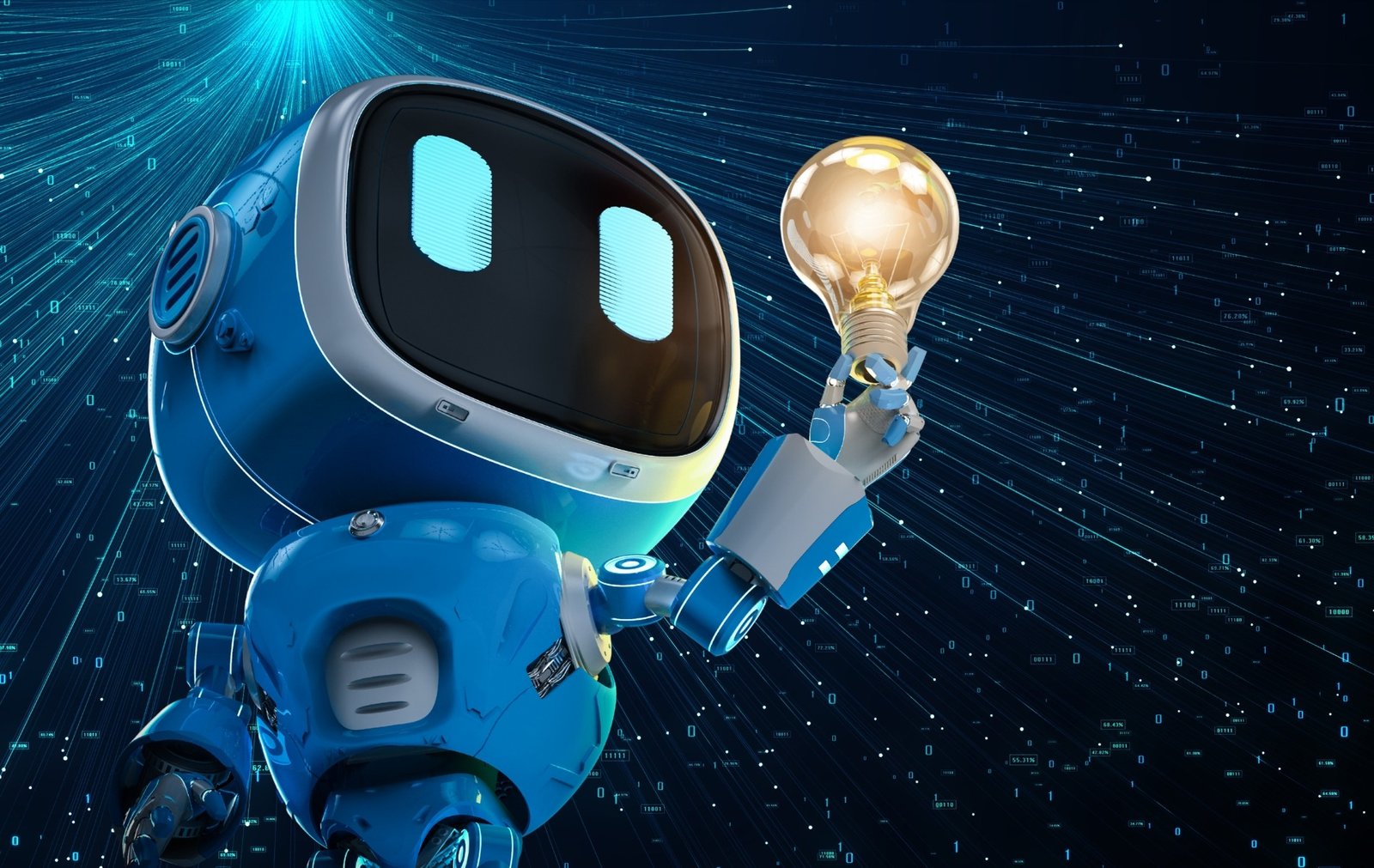
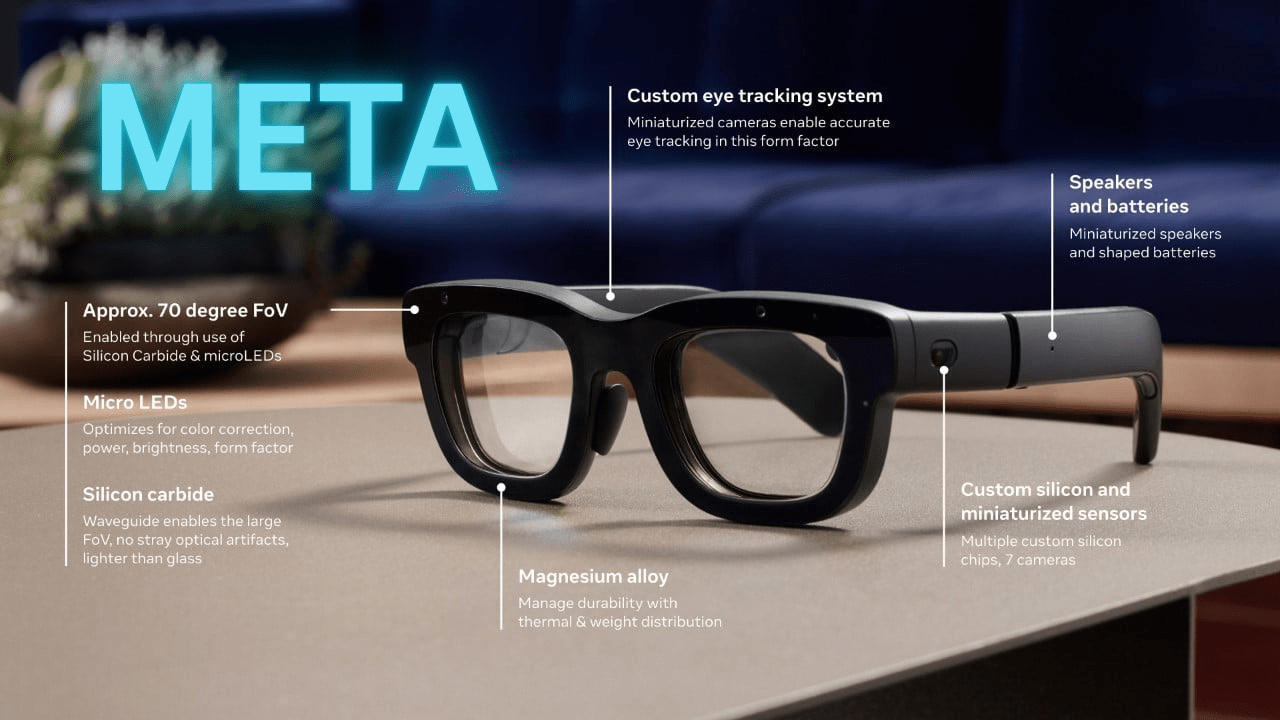
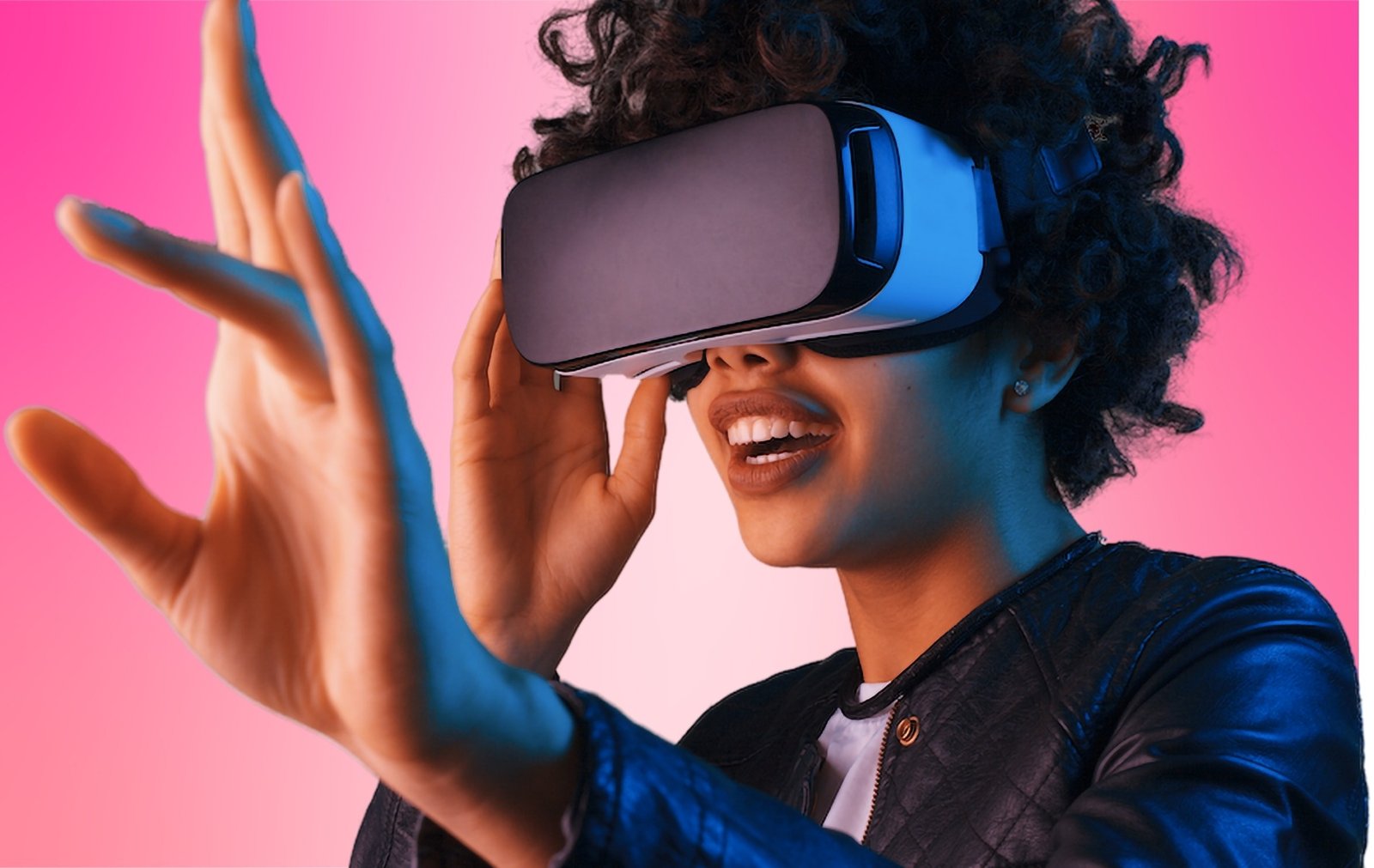




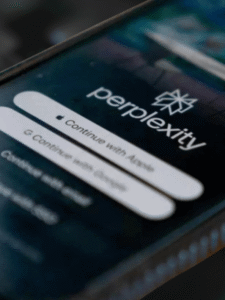

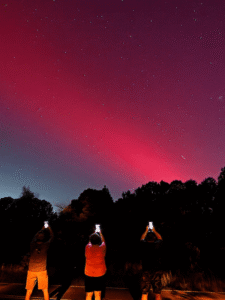



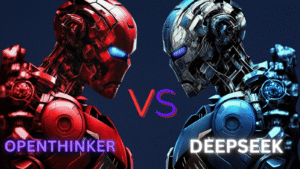


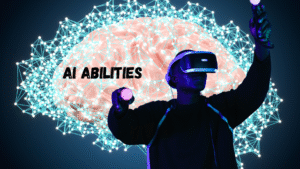


Post Comment